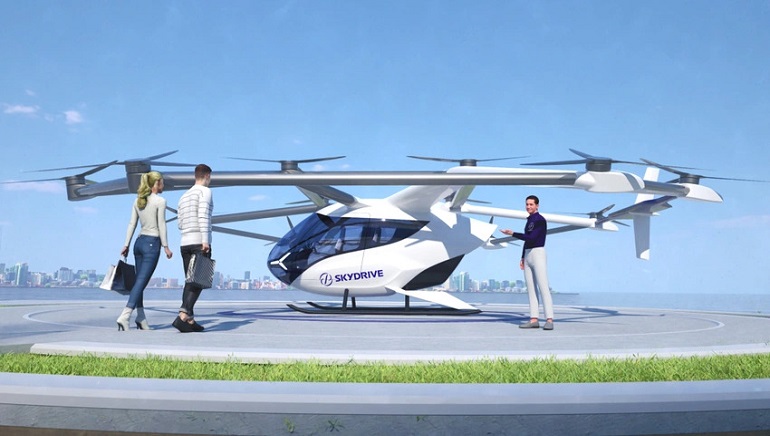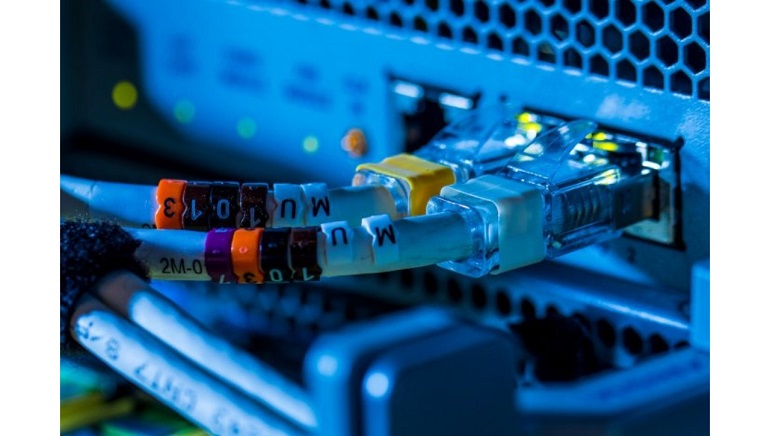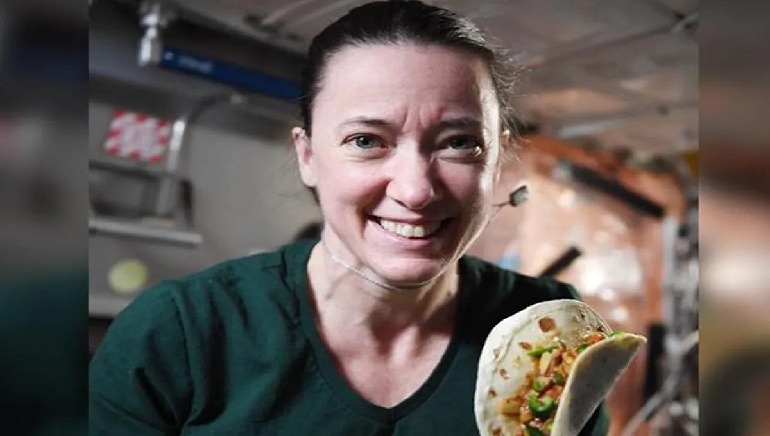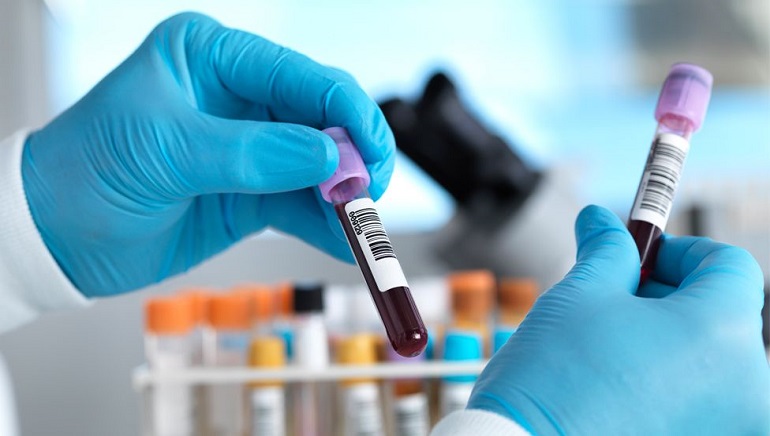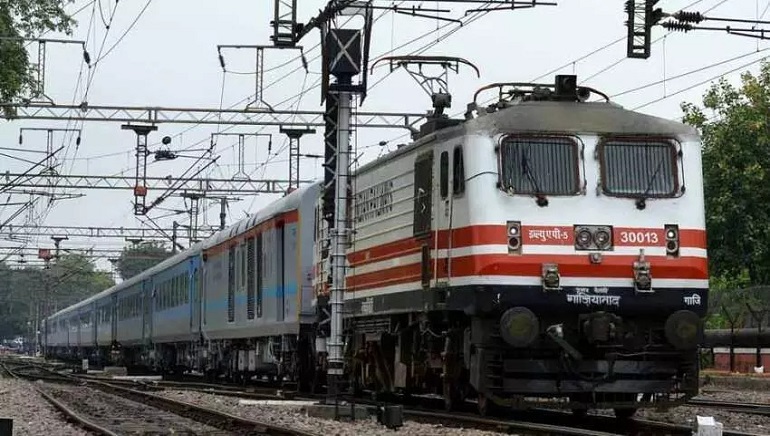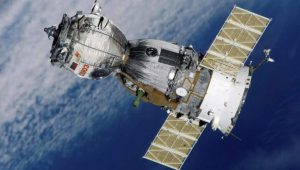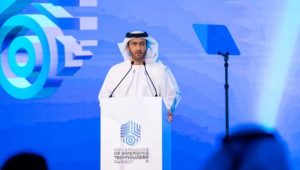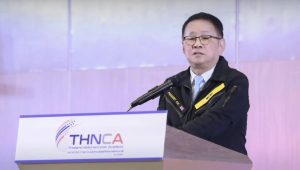Indian space agency, ISRO’s commercial arm NewSpace India will install mobile satellite service (MSS) terminals on at least 1 lakh fishing boats across nine states and four union territories, to help authorities send emergency weather alerts and alert fishermen about international water border violations. India’s indigenous navigation satellite system, Navigation with Indian Constellation (NavIC) will run the network.
NewSpace India Ltd has started selecting private vendors to supply, install and commission MSS terminals for establishing vessel communication and support system in marine fishing vessels for monitoring, control and surveillance, say reports.
The network will consist of dedicated ground stations and satellite terminals for field deployment to provide better security to fishermen in Indian waters and improve national security. These Xponders will be installed in coastal states such as Andhra Pradesh, Gujarat, Andaman and Nicobar Islands, Goa, Karnataka, Kerala, Odisha, Maharashtra, Daman and Diu, Puducherry, Tamil Nadu, Lakshadweep and West Bengal.
Once in place, the network will help authorities to form a two-way communication system with fishermen, access locations from time to time, issue emergency weather alerts, alarms for international water border violations, and provide accurate navigation warnings. The Xponders will also have in-built wifi and bluetooth transceivers to communicate. A multilingual app is also being developed to allow communication between the app and transponders, say reports.






